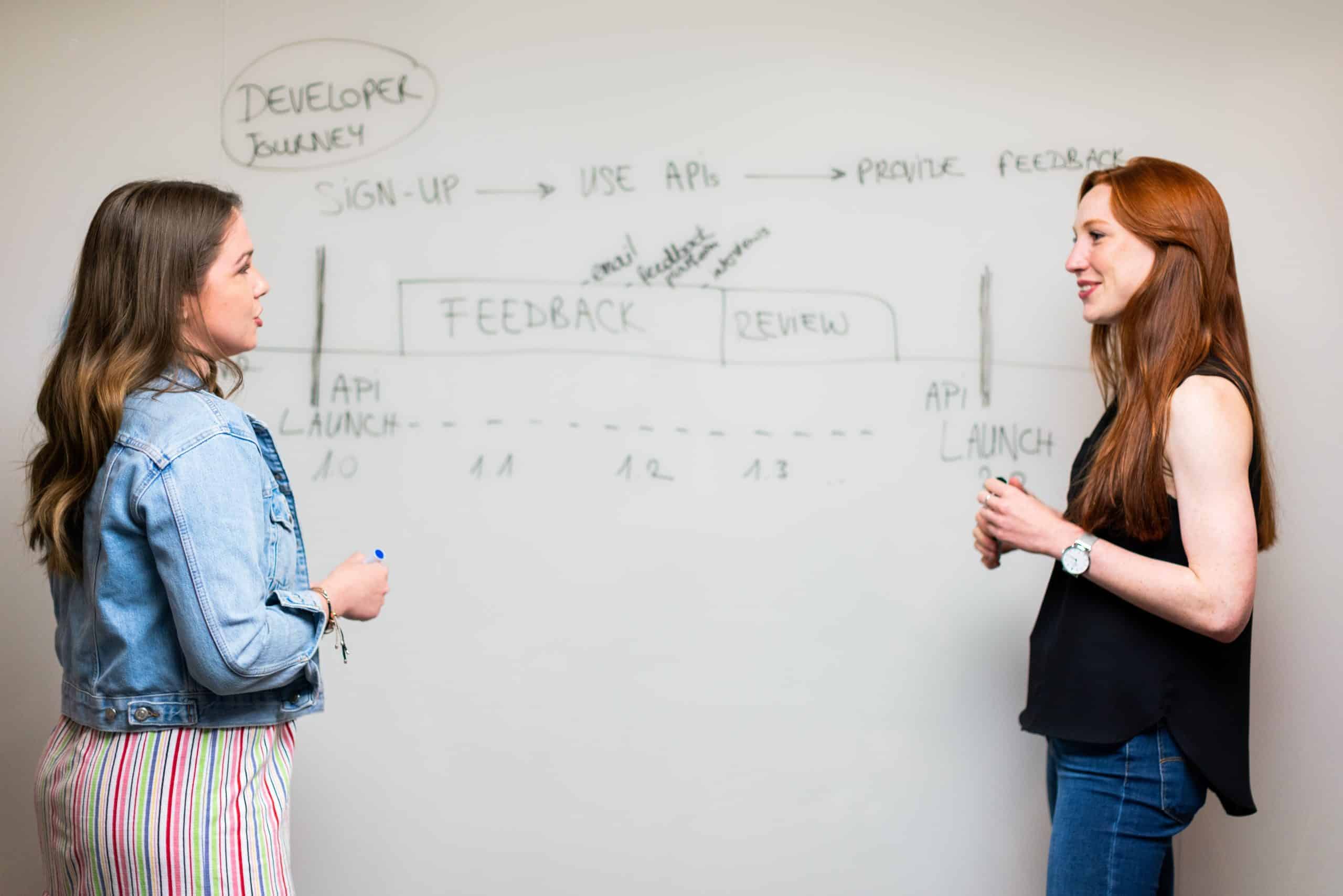Research shows that students who did a VET course during school are more likely to be employed full-time or permanently, five years after their studies. If you want to join the workforce, why not consider taking a VET course?
With more funding and government subsidies put towards vocational education, a VET course might get you to your dream career more quickly and at a lesser cost than a university degree.

What is VET?
VET covers four levels of qualifications:






VET stands for Vocation Education and Training. It’s an internationally applied standard of education that specifically focuses on practical, hands-on job training. They are AQF (Australian Qualifications Framework) certified, which means that they are recognised and valued by employers.